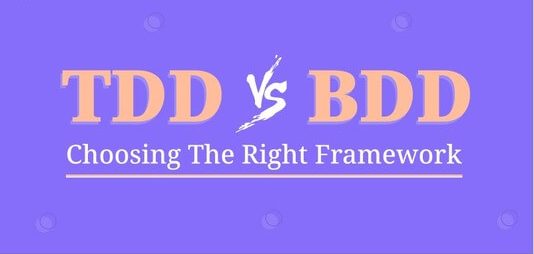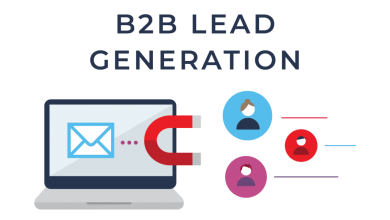BDD vs TDD – What’s the Difference?

Who doesn’t like advancements? We all do. We have seen so many technological advancements in the recent past. With such emerging advancements in software methodologies, each one promises to outreach the traditional methodologies. But any new advancement can actually affect the performance of your team. So it is a necessity to thoroughly research all such methodologies before implementing them.
Nowadays in bdd vs tdd tests, the popularity of Test-Driven Development (TDD) and Behavior-Driven Development (BDD) is on the rise. They may seem similar at first sight: both require creating tests before writing code. However, there are more differences than similarities between them. This article will walk you through the differences and scope these methodologies possess.
Table of Contents
Defining TDD and BDD:
Test-driven development (TDD) is a software development process that relies on the repetition of a very short development cycle: first, the developer writes an (initially failing) automated test case that defines a desired improvement or new function, then produces the minimum amount of code to pass that test, and finally refactors the new code to acceptable standards. In contrast, behavior-driven development (BDD) is an acceptance test-driven development technique.
Behavior-driven development (BDD) is an advancement of test-driven development that tries to incorporate the test-first principle into software creation. Based on these behavioral predictions, various features or components of an application are designed. Given-When-Then is the most commonly used strategy for BDD testing.
Key Differences BDD vs TDD:
BDD behavior is written in straightforward plain English, making it simply understandable by users. This shortens the time it takes for people to understand the tests and provide feedback. This ease of communication allows you to reach a larger audience. Furthermore, the ease of comprehension prevents misunderstandings, allowing for more direct communication between you and your audience.
TDD is written in complicated programming languages that are unquestionably more difficult to grasp. Understanding TDD tests necessitates technical programming knowledge. While it is true that there is a large number of users with technical knowledge, this limits the demographic of the outreach. Simply put, the usage of complicated programming languages in TDD limits the ability to reach a wider audience. This invariably confines the input to a specific group of users and may not meet the demands of specific groups.
To summarise, BDD is a more customer-driven process than TDD due to its ease of comprehension.
Scope of Testing:
TDD tests individual components of an application for functionality in isolation, whereas BDD evaluates how an application acts from the perspective of the end-user. TDD is concerned with the outcome of a particular procedure, whereas BDD is concerned with the outcome of more complicated scenarios.
Which Method Is Most Suited To Your Project?
The decision between TDD and BDD is influenced by various aspects, including:
- The size of your organization
- The project scope and product complexity
- Your top priority for development (speed of implementation, time for development, level of test coverage, and more.)
- Communication level among team members
Conclusion:
Behavior-driven development and test-driven development are both software testing methodologies. They help reduce the time and effort required to create robust automated tests while ensuring that the product is working correctly after each change. It’s important to understand how they differ in order to determine which approach will work best for your requirements.
Follow TechWaver for more!


